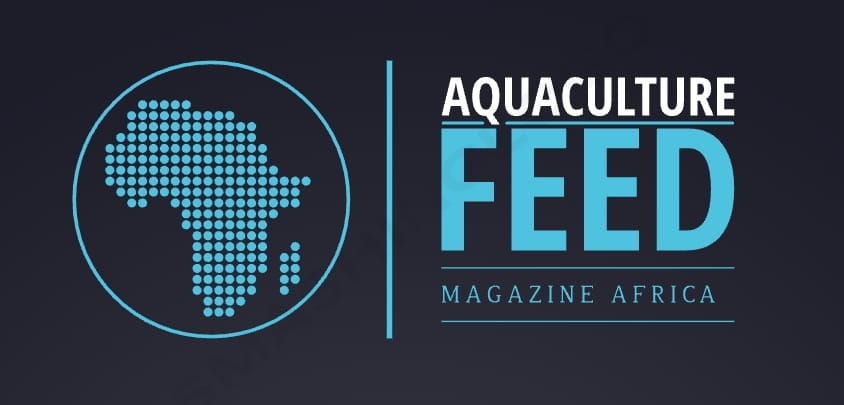BOOK FEED AND FEEDING PRACTICES IN AQUACULTURE
Edited by: D. Allen Davis (2022).
Description
Feed and Feeding Practices in Aquaculture, Second Edition continues to play an important role in the successful production of fish and other seafood for human consumption. This is an excellent resource for understanding the key properties of feeds for aquaculture, advances in feed formulation and manufacturing techniques, and the practicalities of feeding systems and strategies. Many new updates have been integrated to reflect recent advances within the market, including special emphasis on up-and-coming trends and new technologies on monitoring fish feeding patterns, making this book useful for anyone working in R&D in the production of feed, as well as nutritionists, farm owners and technicians, and academics/postgraduate students with a research interest in the area.
Table of Contents
Cover image
Title page
Table of Contents
Copyright
List of contributors
Part One: Feed and fertilizer in aquaculture: an overview
- 1. Overview of aquaculture feeds: global impacts of ingredient production, manufacturing, and use
- Abstract
- 1.1 Introduction
- 1.2 Feed ingredient formulae
- 1.3 The feed conversion ratio
- 1.4 Embodied resource coefficients for feed ingredients and feeds
- 1.5 Embodied resources from feed in live weight
- 1.6 Embodied wildfish
- 1.7 Other resource uses incurred by feed use
- 1.8 Water pollution from feeding
- 1.9 Benefits of feeding
- 1.10 Conclusion
- References
- 2. Fertilizer use in aquaculture
- Abstract
- 2.1 Introduction
- 2.2 Aquaculture pond natural productivity
- 2.3 Fertilizer nutrients and forms
- 2.4 Fertilization programs
- 2.5 Future trends
- References
- Further reading
- 3. Nutritional requirements of cultured fish: formulating nutritionally adequate feeds
- Abstract
- 3.1 Introduction
- 3.2 Nutrients
- 3.3 Dietary energy utilization
- 3.4 Other dietary components
- 3.5 Nutrient requirements of fish
- 3.6 Feed ingredients
- 3.7 Theory behind feed formulation
- 3.8 Feed formulation methods
- 3.9 Feed formulation challenges
- 3.10 Concluding remarks
- References
- 4. Complete feeds—intensive systems
- Abstract
- 4.1 Introduction
- 4.2 Concept and importance
- 4.3 Meeting dietary requirements
- 4.4 Feed formulation
- 4.5 Future trends
- 4.6 Sources of further information
- References
- 5. Regulatory aspects of aquaculture feed manufacturing
- Abstract
- 5.1 Introduction
- 5.2 Sovereign feed legislative regulations
- 5.3 Voluntary standards for feed manufacturers
- 5.4 Voluntary standards for ingredient manufacturers
- 5.5 Organic feed standards
- 5.6 Future trends
- Part Two: Feed ingredients, production and processing
- 6. Quality control of feed ingredients for aquaculture
- Abstract
- 6.1 Introduction
- 6.2 Sampling
- 6.3 Ingredient specifications and certificate of analyses
- 6.4 Quality examinations
- 6.5 Adulteration of ingredients and test methods
- 6.6 Quality monitoring
- 6.7 Managing quality problem of ingredients
- 6.8 Laboratory requirements
- 6.9 Quality control system in feed production
- 6.10 Conclusion
- References
- 7. Feed additives: an overview
- Abstract
- 7.1 Introduction
- 7.2 Feeding stimulants and palatability enhancers
- 7.3 Antioxidants
- 7.4 Coloring/pigmentation agents
- 7.5 Antimicrobial agents
- 7.6 Organic acids
- 7.7 Immunostimulating agents
- 7.8 Enzymes and hormones
- 7.9 Concluding remarks and future research
- References
- 8. Replacing fish meal and fish oil in industrial fish feeds
- Abstract
- 8.1 Introduction
- 8.2 Fish meal sparing
- 8.3 Fish oil sparing
- 8.4 Conclusion
- References
- 9. Use of pre- and probiotics in finfish aquaculture
- Abstract
- 9.1 Introduction
- 9.2 Prebiotics
- 9.3 Probiotics
- 9.4 Combined effects of pre- and probiotics
- 9.5 Conclusions and future direction
- References
- 10. Safety of medical feed additives in the food chain
- Abstract
- 10.1 Introduction
- 10.2 Overview of per oral drugs used in aquaculture
- 10.3 Safety of per oral medicals to farmed aquatic organisms
- 10.4 Consumer safety
- 10.5 Environmental safety of per oral drugs in fish farming
- 10.6 Future trends
- References
- 11. Astaxanthin use as carotenoid source and its benefits in feeds
- Abstract
- 11.1 Introduction
- 11.2 Astaxanthin
- 11.3 Target aquaculture species for pigmentation
- 11.4 Color: a sensory quality trait
- 11.5 Dietary factors, environment and genetics affecting color via pigmentation
- 11.6 Physiological and biological functions of astaxanthin
- 11.7 Update on use, regulatory and safety of astaxanthin
- 11.8 Perspectives
- Acknowledgments
- References
- 12. Storage and handling of feeds for fish and shrimp
- Abstract
- 12.1 Introduction
- 12.2 Storage
- 12.3 Handling
- 12.4 Summary
- References
- Part Three: Feeding strategies and environmental impact
- 13. Feeding in hatcheries
- Abstract
- 13.1 Introduction
- 13.2 Nutritional physiology of larval and early juvenile stages
- 13.3 Live feeds
- 13.4 Manufactured feeds
- 13.5 Hatchery feeding regimes
- 13.6 Future trends
- 13.7 Summary
- Acknowledgments
- Sources of further information
- References
- 14. Feeding equipment and feed control systems
- Abstract
- 14.1 Introduction
- 14.2 Why not continue with hand feeding?
- 14.3 Automatic feeding requires input—feeding concepts
- 14.4 Control over fish biomass, a need when utilizing feeding tables to control feeding
- 14.5 The feeding line
- 14.6 Feed type versus feeding system
- 14.7 Systems for feeding of live feed
- 14.8 Formulate feed, feed composition, and particle size
- 14.9 Feeding systems for formulated feeds
- 14.10 More and more technology involved
- 14.11 New trends
- 14.12 What about the future feeding systems?
- References
- 15. Environmental impacts of nitrogen and phosphorus from aquaculture
- Abstract
- 15.1 Overview of the problem
- 15.2 How does pollutants (nitrogen and phosphorous) enter the water?
- 15.3 Nitrogen and phosphorus losses from aquaculture
- 15.4 Measures suggested/use to overcome the problem
- 15.5 Conclusions
- References
- Index

